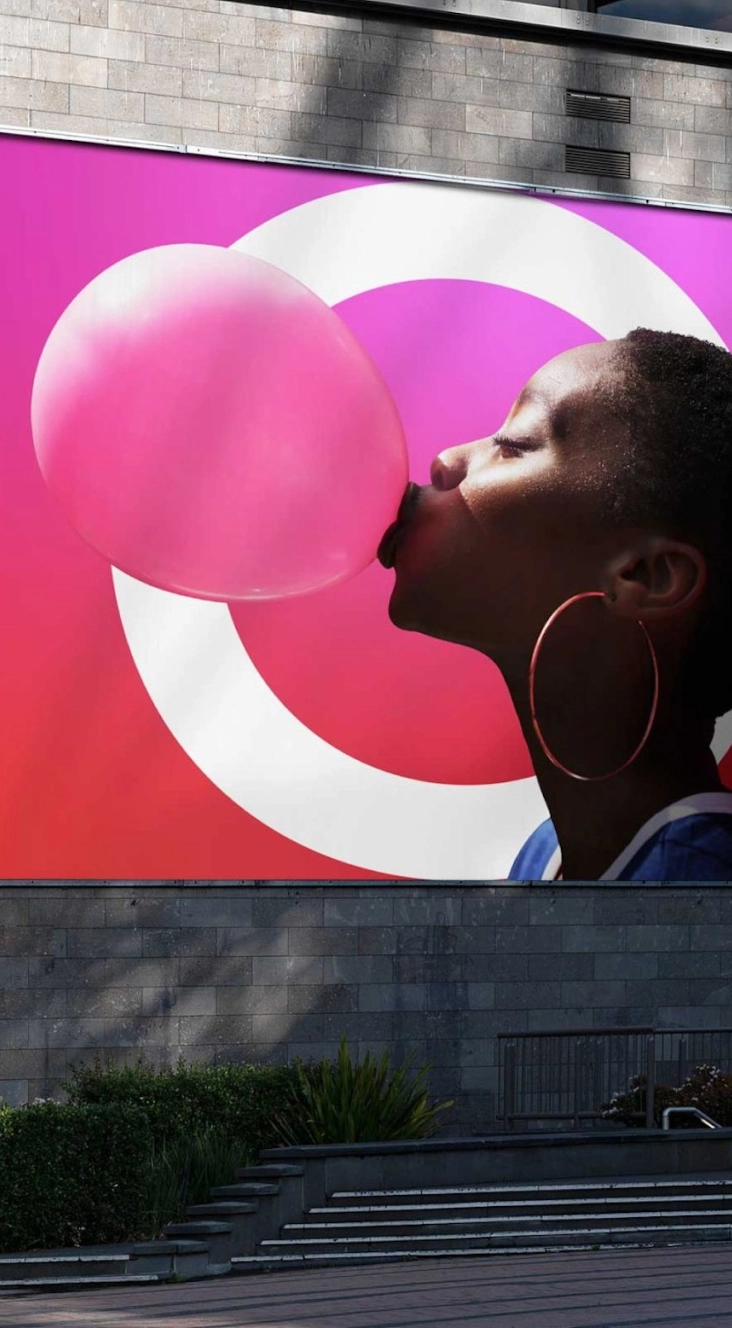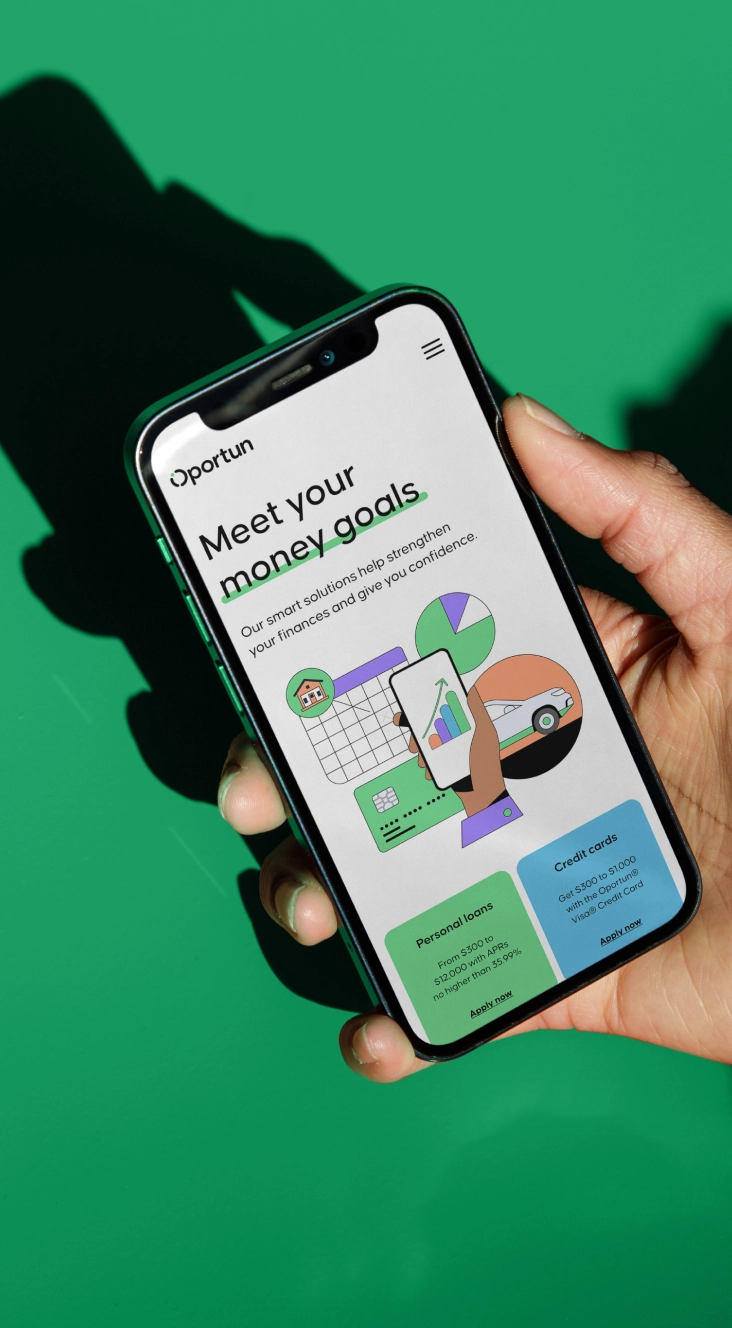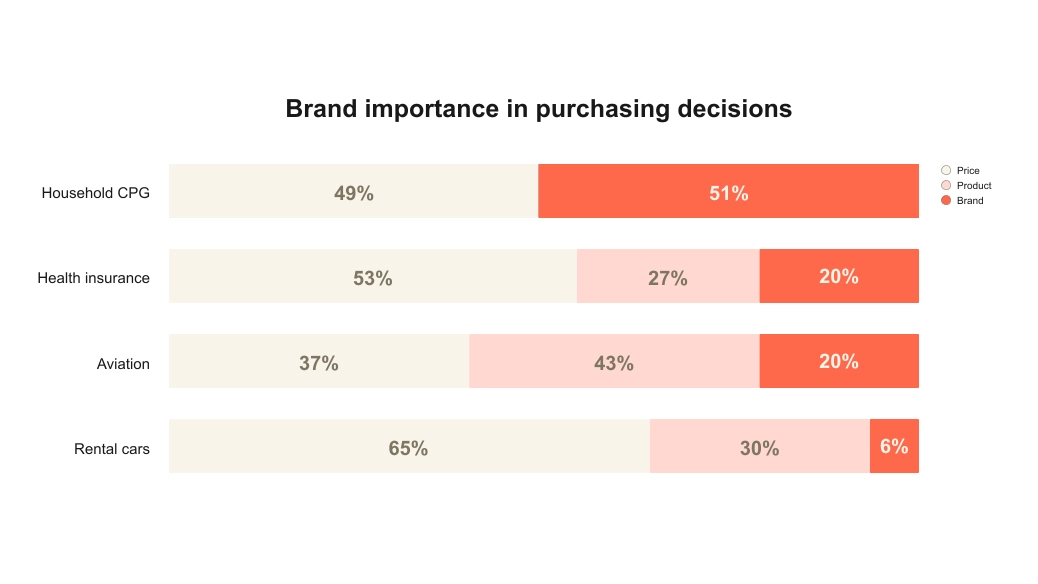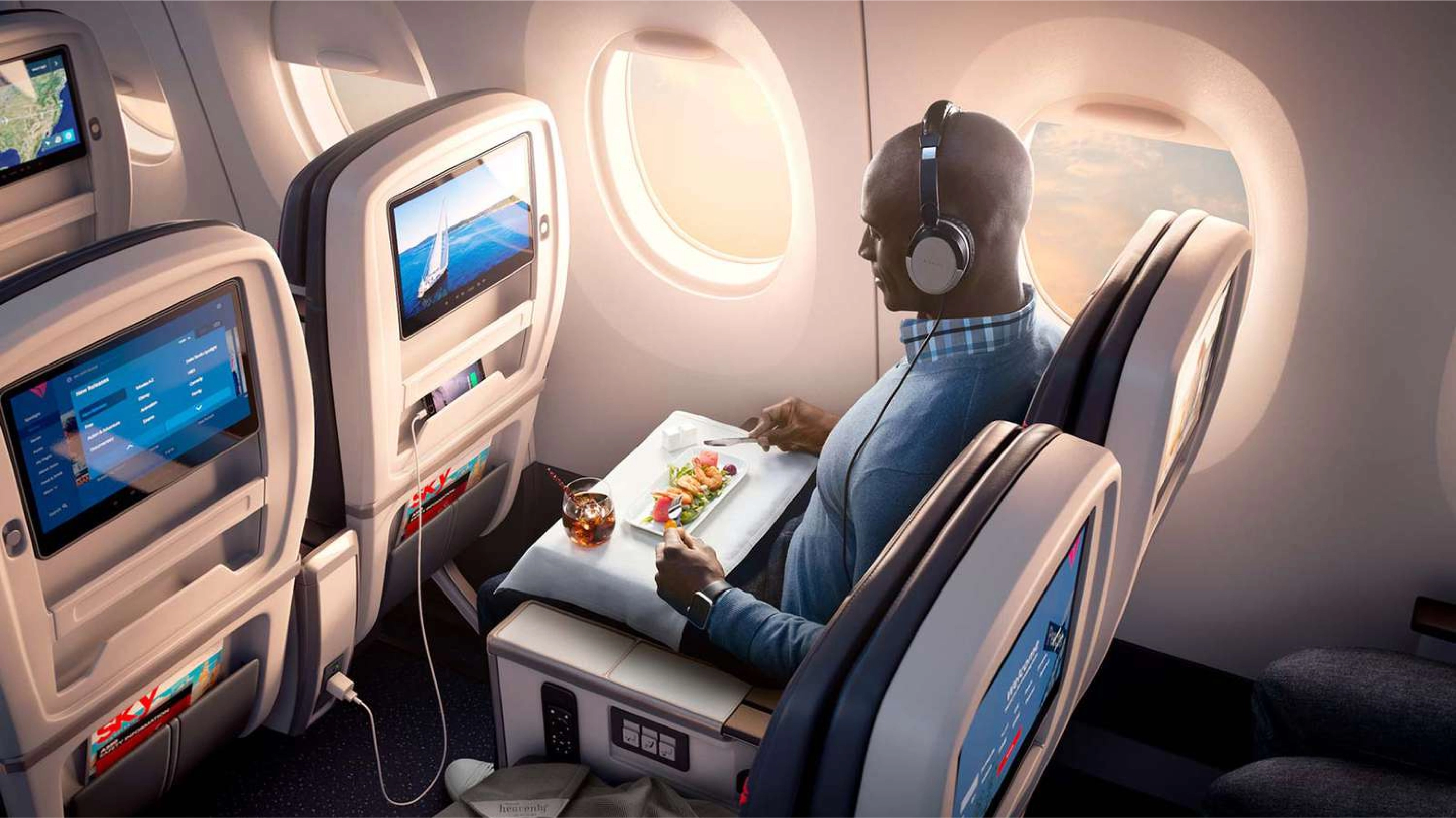July 8, 2025
Agentic AI will require marketers to transform their operating model

OpenAI’s recent launch of Operator and Mastercard’s launch of Agent Pay opens a chasm in the world of traditional marketing; in the very near future many purchase decisions will be delegated to or informed by intelligent agents. Imagine a future where you ask your agent to recommend a week’s vacation in Italy and it comes back with a shortlist of options for flights, accommodation and things to do. Then, with only light guidance, it goes ahead and books everything. Now imagine that agent handling more mundane purchases, such as your weekly groceries or sorting out gifts.
As our HBR article from 2019 described, agentic buying will challenge traditional methods of demand generation for brands. Unlike their human counterparts, agents won’t be influenced by brand campaigns or intercepted by performance marketing. Rather, they will rely on the authority of a brand’s digital footprint similar to how search engines work today.
Therefore, now more than ever, Brands need to invest in a strong and distinctive offering that organically generates domain authority in the digital realm.
“Now more than ever, brands need to invest in a strong and distinctive offering that organically generates domain authority in the digital realm. ”
Exceptional brand experiences create customer advocacy, online conversation and linkages with other strong brands that meaningfully distinguish the brand from competitors. To an intelligent agent, it is this digital footprint that indicates a brand is better than alternatives for their human client. In addition to securing the agent’s recommendation, brands also need to provide transaction experiences optimized for those agents. This challenges the current paradigm -- ‘bots’ previously thought of as exclusively nefarious actors, now become a critical constituent to persuade.
The markets most at risk for disruption are those that: are highly commoditized (e.g., utilities), have complex choices (e.g., travel and tourism), or have low customer engagement (e.g., financial services). Some markets may even exhibit all three (e.g., health insurance).
The role of Brand to influence purchase behavior moves from a focus primarily on the human customer to a greater focus on the broader “buying team,” a concept typically limited to B2B services brands, that now includes the intelligent agent. To do that, brands must rethink how they show up across the customer experience.
This represents a profound shift in marketing strategy for demand generation, away from the classic campaign towards a branded experience. While experience has always been important, it is perhaps surprising that many companies treat Brand and Customer Experience as disconnected activities despite both being customer focused. This needs to change; the winning marketing strategies of the future will do two things:
- Let Brand inform their approach to CX to go beyond functional improvements and create truly distinctive experiences
- Rethink their operating models to create nimble, cross-functional teams dedicated to delighting customers
Together, these enhancements can drive customer attention, advocacy and conversation that creates social proof for human buyers and more substantive digital social proof for the digital purchasing agents of the future.
When was the last time your organization looked to the CX team for the next great value proposition loved and desired by customers? Chances are, never.
Why? In part because CX teams are usually optimizers, not visionaries. That’s related to most of the Fortune 500 relying on Net Promoter Score (NPS) as their primary measure of experience. NPS is great for helping companies move from bad to good, by removing sources of detraction. Where it fails, however, is to inspiring a shift from good to great. In our own research, once NPS is meaningfully positive, the correlation with behavior, for example repeat purchases, drops to only 22%. This inadvertently incentivizes CX teams to focus on making things easy by removing friction from the system, optimizing what’s already there. That’s necessary but not sufficient. It appeals to the “head,” ensuring a service that works, but not the “heart,” which is where you need to sprinkle some Brand magic.
“NPS is great for helping companies move from bad to good, by removing sources of detraction. Where it fails, however, is to inspiring a shift from good to great.”
Do you know the balance of "head" and "heart" in your market category? As it happens, we’re able to measure that. I won’t bore you with the mathematics, but the data confirms that it varies dramatically by industry. In the rental car market, the "heart" only plays a 5% role. In contrast, "heart" represents 50% or more of the purchase decision in the Diaper category. While most markets lie between these extremes, there remains wide variance in performance among the brands within each market.
That variance is driven by the experience each brand delivers, which ultimately shapes our perception.
To bring that to life, let’s use the aviation industry as an example. When travelers are offered the choice of airlines flying to the same destination with the same product and at the same price, Delta is chosen eight times more often than Spirit and close to two times that of American Airlines or United. It is a remarkable achievement for Delta, which has managed to go from Chapter 11 to the world’s most profitable airline in little more than a decade and has remained as an industry leader ever since. We at Lippincott played a part in that meteoric rise and saw first-hand the role that CX played with Brand at the heart of it.
U.S. domestic aviation was often perceived much like a flying bus—functional but underwhelming. Delta leadership shared a belief that to succeed where they had previously failed, it wasn’t enough to just operate efficiently; they wanted to make air travel desirable again. To better understand flyer needs, we took a human-centered design approach. And while that process helps to identify gaps in the existing customer journey, it isn’t enough to shape what could be. At the heart of Delta’s grand ambition, summed up by the tagline “Keep climbing,” was a brand idea, “21st-century gracious.” With it came two experience principles through which to apply it: (1) To save time; (2) To enhance time.
Initial efforts focused on getting the basics right—things like investing in spare parts throughout the network to minimize flight cancellations, a major source of flyer frustration. To move beyond just functioning well, we developed a Branded Experience Vision for the future of the Delta experience, embedding Brand thinking throughout the customer experience. There was neither the funding nor the capability to deliver that full vision from the start, but it set a north star for the entire organization and a sense of purpose for what was to come.
As their reliability became market-leading, Delta won share from others, providing additional capital to invest in building out the future vision. This included a groundbreaking app and the development of La Guardia Airport Terminals C & D under the philosophy of “Club Gate,” where the airline informed the experience for a stage in the journey that had previously been left to the airport owner. Each new experience raised the bar and won yet more passengers, particularly premium passengers, creating a virtuous circle of profitable growth fueled by experience innovation. This focus on experience served as a source of strategic control that other domestic airlines continue to struggle to compete against.
To bring Brand into the customer experiences takes a different philosophy and operating model than what exists in most companies.
Here’s the approach one company took.
As Head of Brand at a telecommunications company, Brian had a challenging role within a category not known for being loved. Sitting within marketing, he defined the brand strategy, and his team developed campaigns that won multiple Cannes Lions for their creativity but struggled to impact business performance. The underlying challenge was a customer experience that subscribers didn’t find compelling and that advertising alone couldn’t address. Truly winning the heart of the customer would take delivering the brand through the experience—an incredible challenge for a marketer to influence within an operationally complex business.
Following a reorganization that installed Brian as the new Head of CX, he gained a mandate to demonstrate how Brand can drive customer and business impact when applied to the experience. The new operating model enabled Brand to influence value proposition innovation that was less about pricing and packaging and more about how to redefine a relationship with the customer. And while this approach seems cutting-edge now, in the near future, markets subject to agentic AI will require operating models that treat CX and Brand as complementary disciplines that work best when considered together.
In his new role, Brian now reported directly to the Head of the Consumer Business with an objective of elevating the customer experience and creating new value propositions—in both cases to drive measurable business impact. To do that, Brian enlisted Lippincott’s services to help design the new organization and operating model. The result was a team comprised of four groups:
- Insights: Responsible for qualitative & quantitative exploration of market, customer behavior & employee input that drives to actionable insights of the “jobs-to-be-done” and measurement of the impact delivered to inform future actions.
- Strategy: Owners of the brand strategy that unlocks CX as a source of meaning and distinction with customers that aids retention and drives growth. The strategy team is responsible for identifying and prioritizing activities across the CX team.
- Design: The creative heart of the group that translates the strategy and insight into transformational customer experiences, responsible for taking that from concept through to pilot.
- Impact: The team that takes initiatives and scales them across the organization, from classic CX optimization to mobilizing resources for pilots and full implementation.
By introducing brand strategy we created an additional source of creativity alongside customer-focused design thinking. It’s not just about solving the customer’s needs; it’s about doing so in a distinctive and consistent way that ensures the whole experience is greater than the sum of the parts.
Alongside these roles is an operating model that avoids functions acting in rigid silos. Instead, pods of cross-functional teams are formed under the orchestration of the strategy team to take ideas and navigate them through a stage-gate process from upstream exploration to downstream implementation. It’s a model very familiar in consulting but less often applied in the CX/BX domain. An advantage of this approach is that end-to-end expertise is available from start to finish. It also encourages flow speed—how quickly an insight leads to meaningful impact in the marketplace.
Brand acts as a north star, both enabling more focused innovation and serving as a heuristic around which your reputation is anchored. By embedding Brand across the customer experience, we transform a tactical function into a strategic asset for profitable growth.








